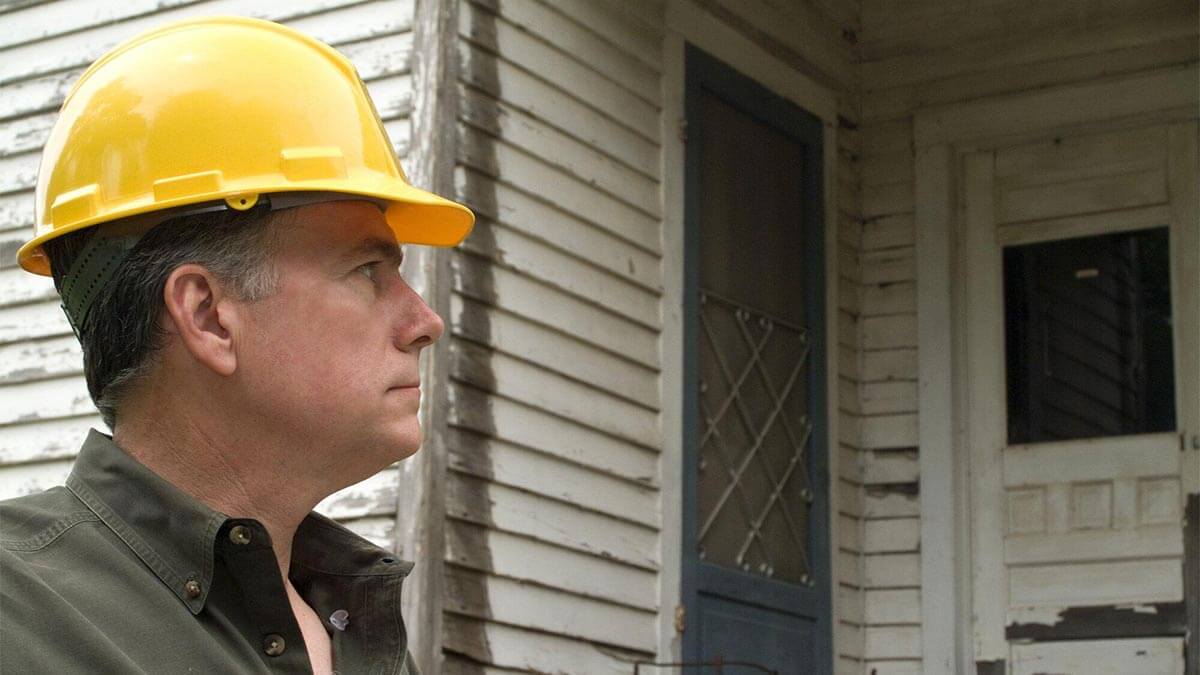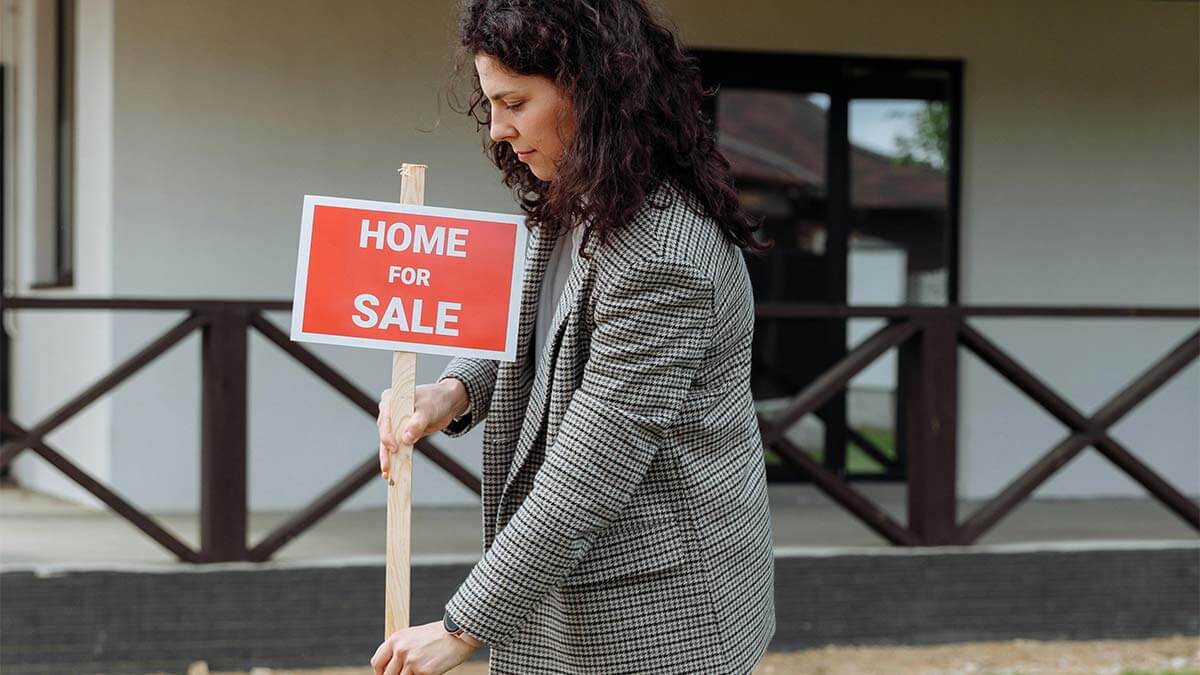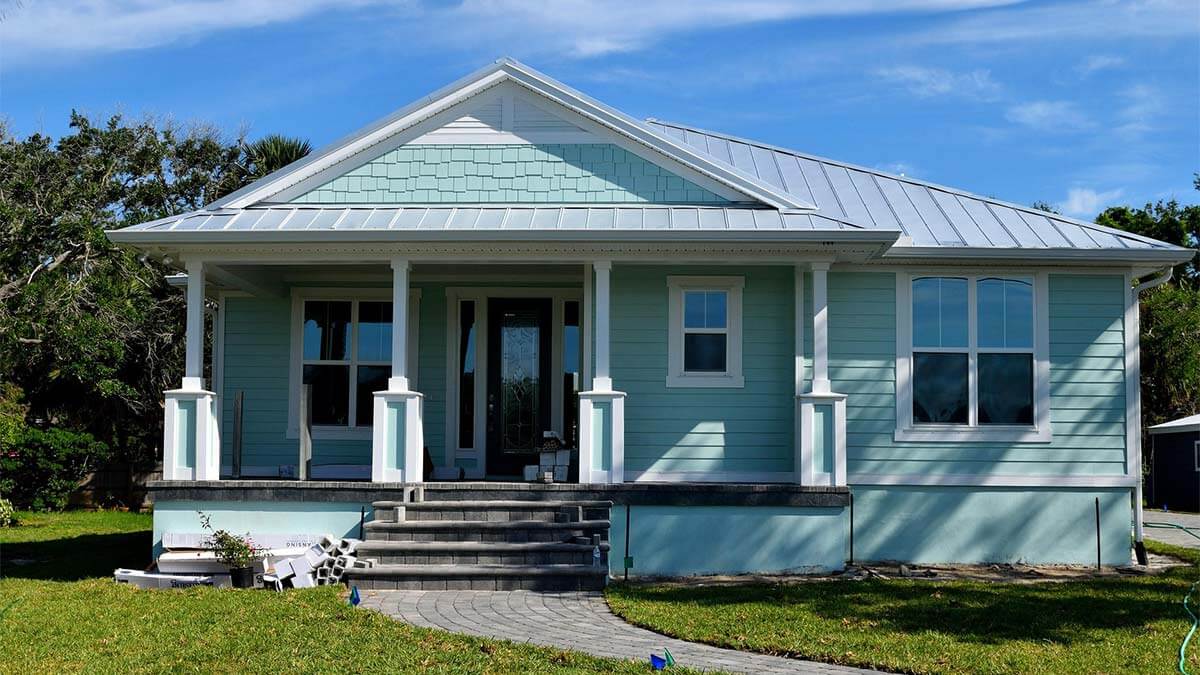When houses age, interior components can fail, mold can grow, and structural issues can arise. The average home in Texas is over three decades old, which is why maintaining regular, professional home inspections are so important.
This guide will cover what you need to know about home inspections in Texas, including how much they cost, and how you can avoid failing an inspection.
Before you begin paying for inspections, consider visiting iBuyer.com. We can provide multiple cash offers for your current home, so you can receive the best deal possible.
Home Inspection Cost in Texas
Compare Cash Offers from Top Home Buyers. Delivered by Your Local iBuyer Certified Specialist.
One Expert, Multiple Offers, No Obligation.
Why Bother With an Inspection?
To start, what makes an inspection worthwhile? Some homeowners are tempted to let their new home sit uninspected off the assumption that the previous owners left it in good shape.
Home inspections can vary in cost. You should expect to spend a few hundred dollars, depending on what type of inspection you’re having. There are many other factors which we’ll explain shortly.
Types of Inspections
One factor to consider is the different types of home inspections. Typically, the average home inspection is all-encompassing. An inspector won’t often inspect one aspect of your home and leave the rest alone.
In some cases, you may have a contractor that only inspects one area. For example, roofing contractors will inspect your roof, but give no feedback on your plumbing or HVAC systems.
The average home inspection includes an inspection of your structural quality most of all. They’ll inspect for damage to the foundation, issues with the walls and roof, and other issues in the structure. Electrical systems, HVAC systems, plumbing, and other such qualities are also inspected.
Home Inspectors
A home inspector’s role is to grade and inspect the property. They’ll look into several different areas to give an overall review.
Inspectors need expertise in many different fields to do so accurately. As such, they’ll often have other professionals with them that can help them make a more accurate assessment of the property.
At the end of an inspection, inspectors also give you a report. The report is useful for insurance purposes, marketing, and more. Most of all, it helps you understand the quality of your property and where improvements are necessary.
How Much Is a Home Inspection in Texas?
Now that we better understand what a home inspection is, how much will it cost? More importantly, how can you keep that cost low? Here are some of the most important factors in the cost of a Texas home inspection.
Overview of Texas Inspection Costs
The cost of a home inspection in Texas isn’t dramatically different from in other states. However, a dominant factor will always be the inspection taking place.
If you’re only having a single facet of your Texas house inspected, such as only the electric system, then this is cheaper. You should communicate with the inspector to see what they charge and for what.
At the end, you’ll often have an itemized receipt on what quality of the inspection costs. You should save this for your records to give you a better idea in the future.
Location Variation
Another important factor is the location of your home. Different areas of Texas can have different prices for several reasons.
One is the variation of inspectors available in different cities. The inspector in Austin may not charge the same as the inspector in Dallas, Lubbock, or San Antonio.
Against the Average
Compared to the rest of the United States, inspecting a Texas property is in line with the average cost.
On average, a home inspection in the US costs between $300 and $500. The price will vary depending on the state, but even at the most extremes, the prices are somewhat similar.
External Factors
The national average and the location of the home are some factors, but what else impacts the cost? These are the most important factors in the cost of inspecting your new house.
Size and Age
Above almost any other factor, the size and age of the home are the most critical. Like with most services, the size of a home will increase or decrease the cost.
Simply put, larger houses cost more to inspect. That’s because the inspector’s job is larger as well, meaning they’ll need to cover the whole property. If all other factors are the same, a larger house will always cost more than a smaller house for an inspection.
In terms of age, older houses also often cost more. Mostly, this is because older houses have outdated construction and are starting to show signs of wear. The inspector has more they need to look out for and also needs knowledge of older building practices.
Location and Travel
The location of a home will impact the inspection’s cost in several ways. We’ve already looked at regional differences in what an inspector charges, but there are more fees to consider.
One is how long it takes the inspector to get to your home. If you’re miles out in the hills of Rhome, your inspector has a longer commute to get to the property. You can expect that commute to increase the cost.
Thorough Inspections
The complexity of an inspection is also going to increase or decrease the cost. Generally speaking, a more complex and thorough investigation is more expensive.
One cheap option is the “four-point inspection.” During these inspections, the inspector will cover the roof, plumbing, HVAC system, and electrical system. Nothing else is looked at, so your inspector has a four-point checklist and is done, keeping the price low.
Seasonal Changes
The changing seasons can impact what you’re paying. The housing market rises and falls throughout the year, and inspections will do the same.
Pay attention to when the price of homes starts to fall. As the average Texas home falls in price, the cost of inspecting the home often will too.
What an Inspection Covers
We’ve alluded to some of the areas an inspection will cover, but let’s take a deeper look. Here are the main areas your inspector will focus on.
Structural Issues
Structural issues relate to the overall “body” of your home. A thorough inspection will focus on everything, from beneath your home to its highest shingle.
A structural inspection looks at:
- Roofing
- Support and walls
- Foundation
- Attic and basement where relevant
- Floors
- Interior and exterior issues
- Doors and windows
If your property has a carport or garage, these are also often looked into.
Electrical Systems
Electrical systems are more in-depth. In some cases, an inspector may have a licensed electrician with them. However, many inspectors are qualified to inspect your systems themselves.
They’ll mostly look at:
- Appliances
- Outlets
- Circuit breakers
- Wiring, electrical boxes, and any wiring
- Home’s electric meter
- Smoke and carbon monoxide detectors
There are several other areas they’ll look into. Speak to your inspector to see everything they intend to inspect.
Plumbing and Water Heating
Plumbing is often inspected as part of your structural inspection. They’ll include looking at the drainage of your home and not only your restroom, where plumbing is often associated.
Who’s Paying?
Most often, the person buying the property pays for an inspection. However, a homeowner may pay first while selling their home.
The property buyer can then put more faith in the inspection. There’s no concern that anything was exaggerated or put down untruthfully to sell the home.
Choosing a Home Inspector
In Texas, home inspectors are licensed professionals. Always ensure you’re hiring an inspector who can prove their credentials. If they cannot, do not hire them.
You should look into the reviews and experiences that other homeowners have had with the inspector. Speaking to other homeowners about recommendations is also a great way to find inspectors.
Understanding Your Home Inspection Report
At the end of your inspection, you’re given a home inspection report. The most important information is on the summary page. The summary offers a quick overlook, describes the condition, and points out areas of concern.
Afterward, look at these areas of concern. A report often indicates where on the pages you can find more information. Starting there, read the inspection thoroughly to make sure you aren’t missing anything.
Negotiating Repairs
With the inspection, you can often speak to other contractors or insurance companies to discuss repairs or improvements. If there are serious faults in your Texas property, you must address these immediately. Letting these issues remain can lead to safety problems, dangerous failures, and expensive fixes.
Managing Your Texas Home
How much is a home inspection in Texas? There are dozens of factors, from where in Texas the home is located to what the inspection is covering.
Once you have your home inspected, come to iBuyer.com to receive a quota and cash offer for your home. We’re happy to offer you a free online house appraisal and an instant offer on your home so that you can get an idea of its value and take quick action. Contact us today to see how we can help you change your home out for cash.
Instant Valuation, Confidential Deals with a Certified iBuyer.com Specialist.
Sell Smart, Sell Fast, Get Sold. No Obligations.
Reilly Dzurick is a seasoned real estate agent at Get Land Florida, bringing over six years of industry experience to the vibrant Vero Beach market. She is known for her deep understanding of local real estate trends and her dedication to helping clients find their dream properties. Reilly’s journey in real estate is complemented by her academic background in Public Relations, Advertising, and Applied Communication from the University of North Florida.




